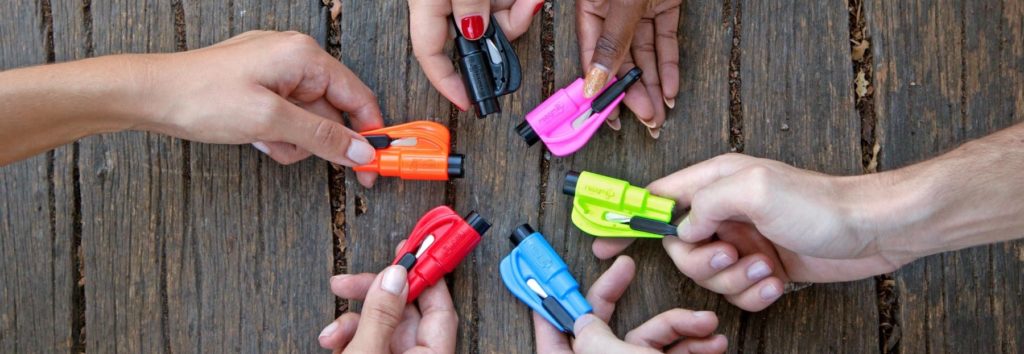Writing by Social Monsters.
How far should you follow behind the car in front of you? How far in advance should you signal an intention to turn? What should you do if you see a police car coming towards you with emergency lights flashing? Questions like these are not only items you are likely to find on the driver’s exam, they are essential bits of information for safe driving.
The leading cause of death for teens
Your teen is more likely to die in a traffic accident than by any other means, reports the Centers for Disease Control. Teens are four times as likely to get injured in a car wreck than adults. And the greater the number of teens in a car, the greater the odds are of a crash occurring.
When your son or daughter is studying for a learner’s permit, don’t just give her a traffic regulations book to study and wish her well, sit down and go over the information together. Those regulations are primarily designed to prevent accidents, not to bring in revenue by way of traffic citations. Study the book. Take driving tests seriously.
Special tips for teens and on-the-road survival
Anyone, young or old, can get in trouble on the highway. Statistically, though, there are areas of special concern for teens. Be sure to go over these with your teen, being careful to keep the talk centered on safety, not on “Do this because I said so.”
1. Alcohol consumption: Most teen auto accidents occur on the weekend and many are alcohol-related. Teens are more likely to drive after consuming alcohol than are adults. One-fifth of all accidents, where alcohol is involved, includes a teen driver in the scenario, yet teens only account for 6 percent of drivers, notes Court Info.
2. Speeding and underestimating dangers: By virtue of age alone, teen drivers are not experienced behind the wheel. Even after obtaining a “real” driver’s license, there is much to learn. According to the National Center for Biotechnical Information, male drivers especially have a tendency to speed and that risk increases when there are passengers in the vehicle: One guy = one brain, three guys = no brains. At least it sometimes seems that way.
3. Wearing a safety belt: More than half of teen drivers killed in automobile crashes were not wearing a seat belt at the time of the collision. Teens are more likely to take part in risky behavior and males are more likely to act in an unsafe manner than females, especially guys in a group. Stress the importance of wearing a seat belt. Always insist that every passenger in your car buckle up. And go over the statistics concerning seat belts with your young driver. If everyone in the U.S.A. wore a seat belt at all times, total injuries and deaths from traffic accidents would immediately be reduced by half, reports the CDC. Seat belts are important.
Driving is a huge responsibility — and it is a responsibility, not a right. Those who refuse to obey traffic laws may have their driving licenses revoked by the court. Driving under the influence, especially, is a quick way to start walking or begging rides again. It can also be a way to end up behind bars and in big trouble.
Talk plainly to your teen. Show, don’t just tell. And never take the position that driving regulations are there simply to avoid a traffic ticket.
Driving regulations are in place to save lives, maybe the life of your own child.

